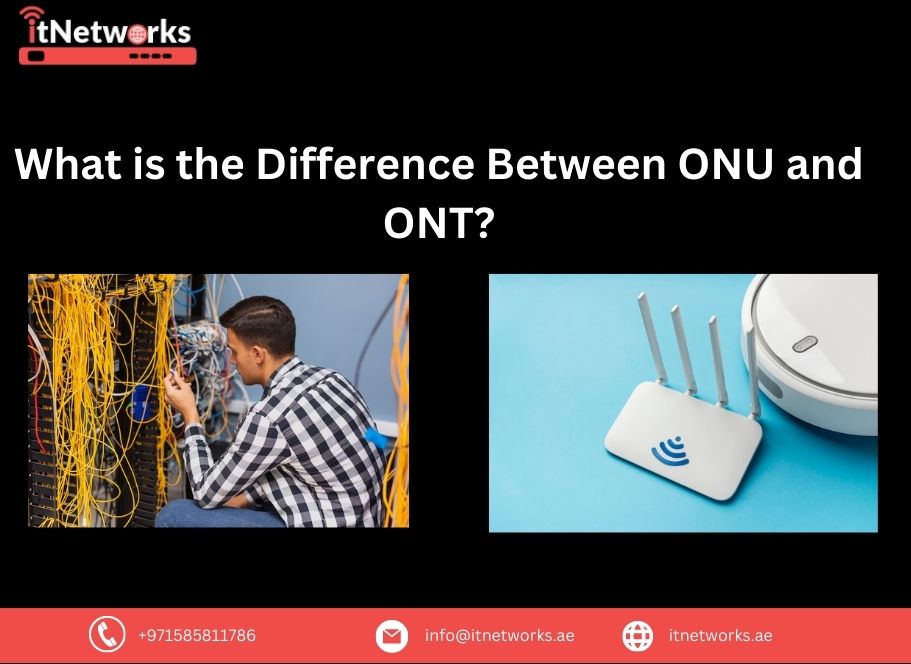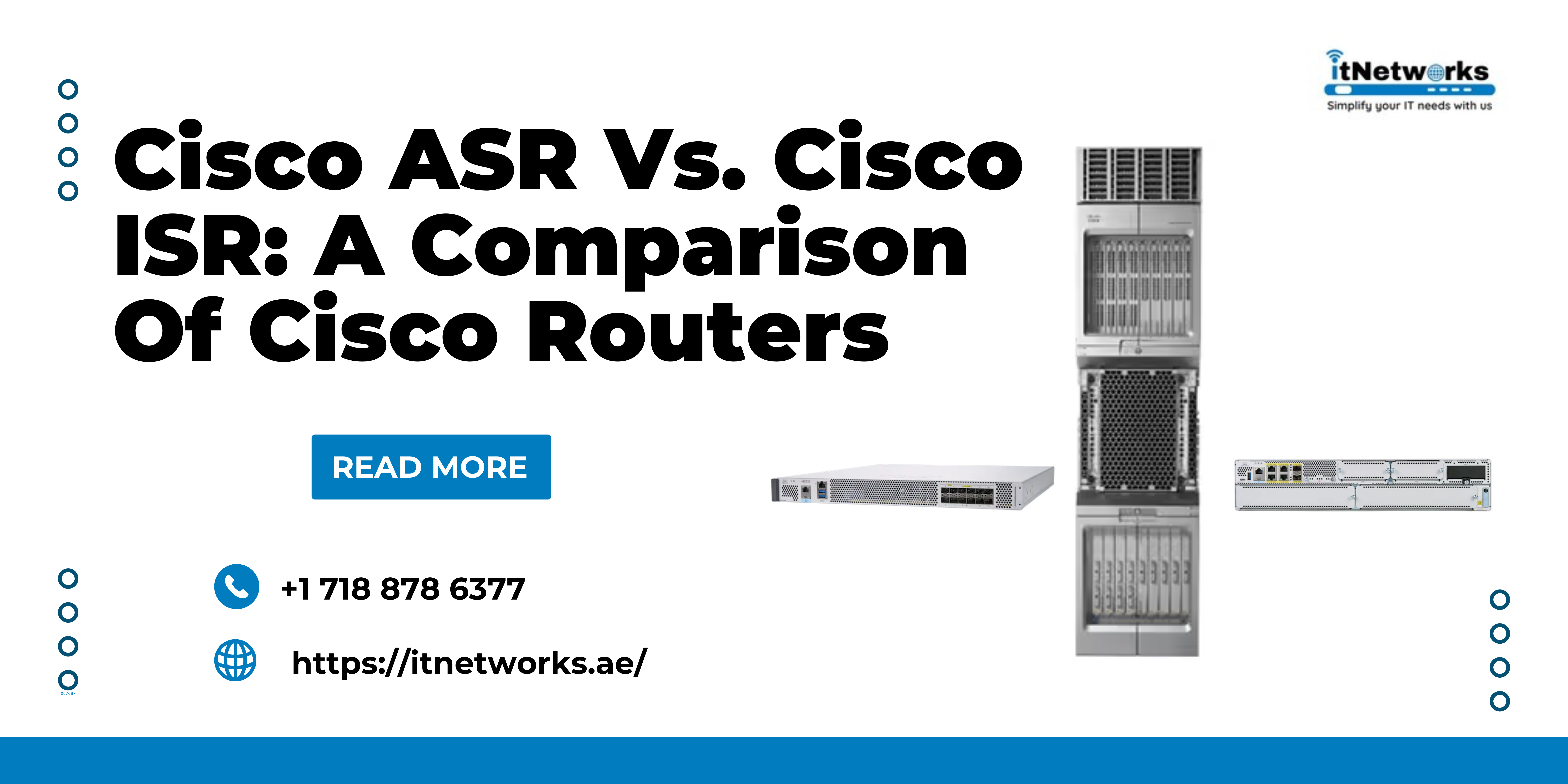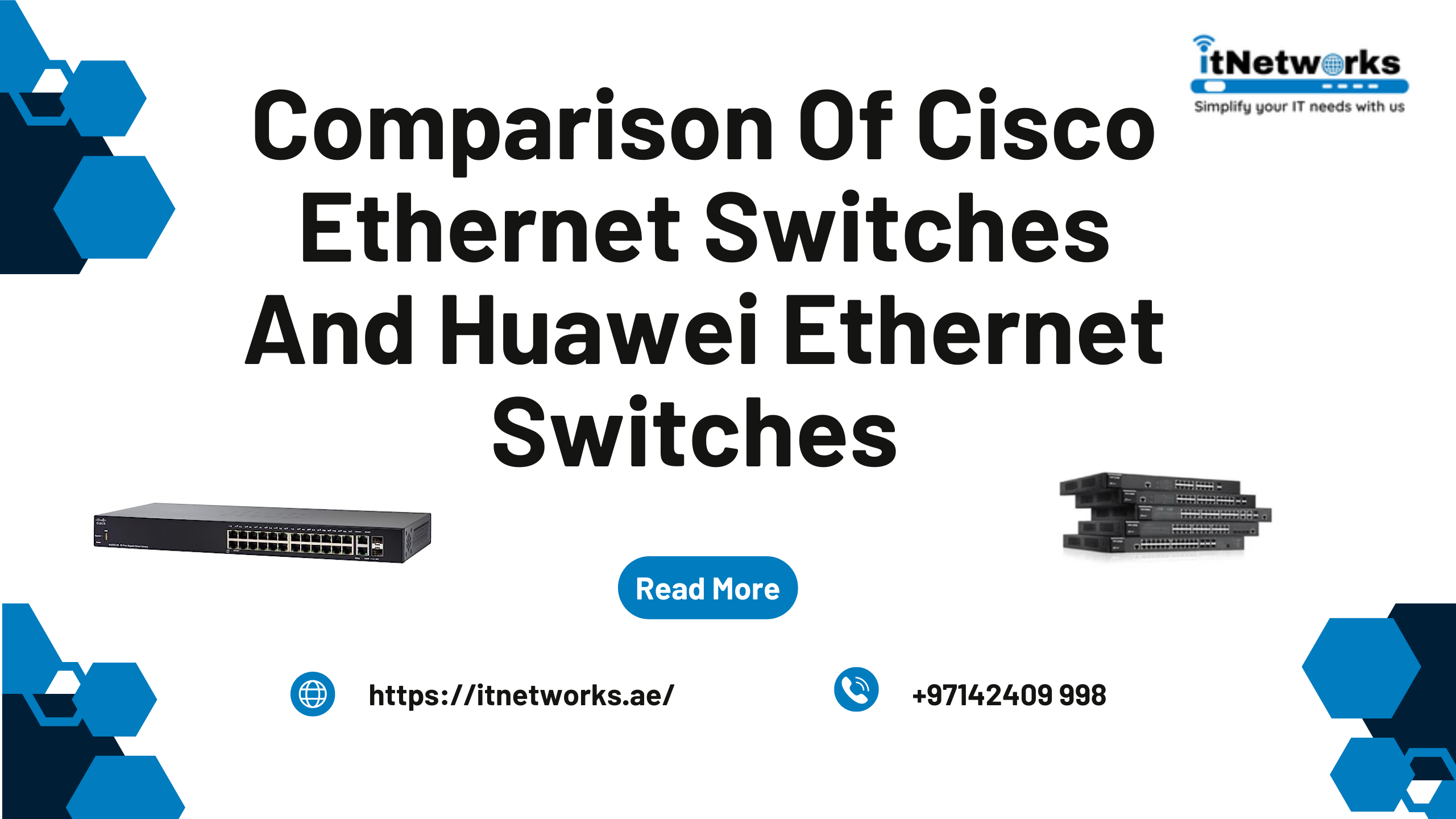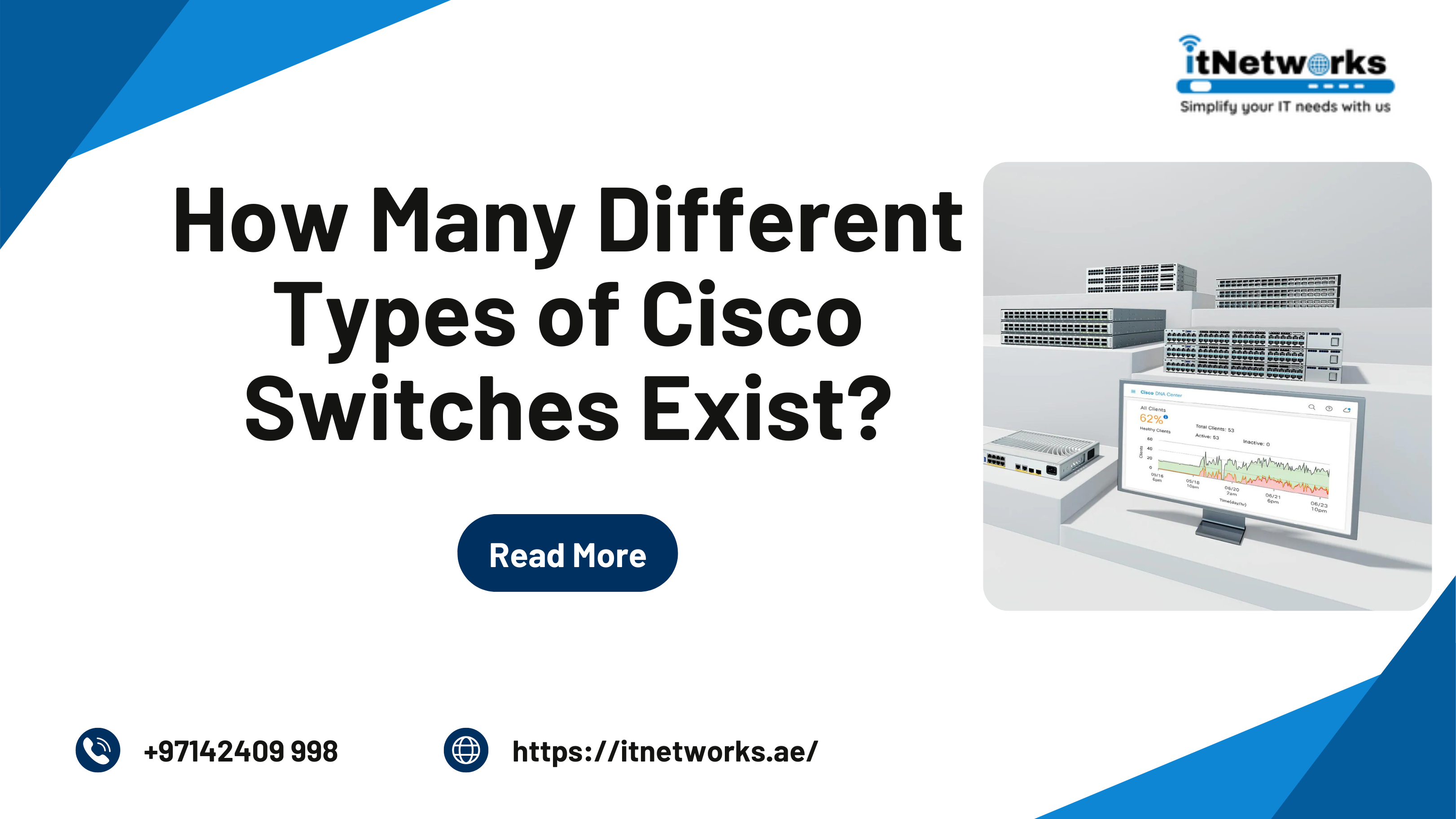What is the Difference Between ONU and ONT?
The end-user has two nouns in the Optical Fiber Access Network project: ONU and ONT. However, many people are unsure of the exact meaning of the two words.
As a result, the difference between ONT (Optical Network Terminal) and ONU (Optical Network Unit) is frequently misunderstood.

What is ONT (Optical Network Terminal)?
If you're thinking about installing fiber technology in your home or place of business, it's important to understand the various components of the technology. One of the many acronyms to be familiar with is ONT.
Optical Network Terminal is referred to as ONT. It serves as a fiber-optic internet outlet, similar to how a cable modem serves as a coaxial cable internet outlet. To get a fiber-optic Internet connection in your home or workplace, it is a device that speaks directly with an Internet service provider (ISP). An ONT cannot be used with an Ethernet over Coax or MoCA device, such as a cable modem, router, or cable modem router, because it is designed only for fiber-optic Internet.
How does an ONT work?
ONT is a fiber-optic modem that uses infrared light rays to communicate with your ISP. First, you gain access to the internet via the ONT device. The physically connected fiber router then transmits the Wi-Fi signal throughout your facility.
Although the technique appears to be identical to that of a coax Wi-Fi ethernet network, the cabling is not.
The ONT links to the Terminal Point (TP) via optical fiber. A Terminal Point is a wall-mounted box where the optical fiber in your house or workplace terminates. TP is installed by the builder during the building construction period.
A LAN or Ethernet connection links the ONT to your router. It transforms optical signals from your ISP into electrical signals that your router can use.
How does an ONT fit into your home network?
An ONT device is necessary for your home network only if you have fiber installed. This is because you cannot use any modem or router with fiber-optic Internet. You will need an ONT or OLT as well as a fiber router.
The modem in your fiber network is the ONT. To communicate with your ISP, the ONT sends out infrared light pulses. This is how you get a fiber-optic Internet connection in your home. You may then use the fiber router to obtain and distribute a Wi-Fi signal to your devices.
This technique will sound familiar because it is identical to an Ethernet over a coax Wi-Fi network. The distinction is the type of cabling in your home. The coax cables required to operate a cable modem or cable modem router are already present in most homes. To use fiber, however, expensive fiber cable installation and specific fiber-optic devices such as an ONT and fiber router are required.
Using fiber technology has advantages and disadvantages. While fiber technology is absolutely fast and secure, installation and particular updated gear such as the ONT and fiber router can be costly.
What is ONU (Optical Network Unit)?
ONU converts optical impulses supplied via fiber to electrical signals. Individual subscribers are then supplied with these electrical impulses. In general, a distance or other access network exists between the ONU and the end user's premises. Furthermore, ONU can collect, combine, and groom various sorts of consumer data and send it upstream to the OLT (Optical line termination).
Grooming is the process of optimizing and reorganizing a data stream to deliver it more efficiently. The OLT supports bandwidth allotment, which enables the smooth delivery of data float to the OLT, which is typically delivered in bursts from the consumer. The ONUs can be linked using a variety of technologies and cable types, such as twisted-pair copper wire, coaxial cable, optical fiber, or Wi-Fi.
How does an ONU function?
An ONU can be found outside the house. An ONU uses a fiber line to convert optical signals to electrical signals. An ONU organizes and optimizes various sorts of data flowing from users to transfer it upstream to the OLT (located at an ISP's central hub) as effectively as possible.
What is the Difference between ONU and ONT?
The comparison of ONT and ONU differs depending on the surroundings.
An optical network device linked to the branched fiber of the ODN is referred to as an ONU in FTTH. ONT refers to the optical network device connected to the end user. A fiber-optic modem will be present when the carrier fiber enters the residence. We commonly say that the optical cat is connected to the ODN's branch fiber as well as the end user. It is also known as ONU or ONT.
Therefore, ONU is equal to ONT at this time.
The ONU box, like the main meter in each corridor, is situated at the entrance of our house in the FTTB. The little gadget connected to the ODN fiber cannot be in the end user's house at this time. We can't just compare the ONT to the ONU.
A fiber enters FTTB's ONU box and branches out several network cables. One of the ONUs is the MDU Multiple Dwelling Unit multi-user units in the FTTB. MDU can result in the connection of numerous network wires.
Conclusion
FTTB “fiber to the building”, The 16-port ONU is situated in the unit box in the corridor; there are 16 points in the ONU, and each ONT output is a network cable (electric signal), which reaches each user terminal via the network cable in the corridor.
FTTH "Fiber to the Home," the 1 to 16 splitter is placed in the cell box in the corridor, and each user is connected to an ONT via the fiber optic cable in the corridor. It is the same as removing the ONU and placing the terminal device infinitely near the user.
One way to think of the ONT is as an ONU with one port.
Contact us at +971 58 581 1786 on WhatsApp for more information or to buy quality IT products at the best prices!





